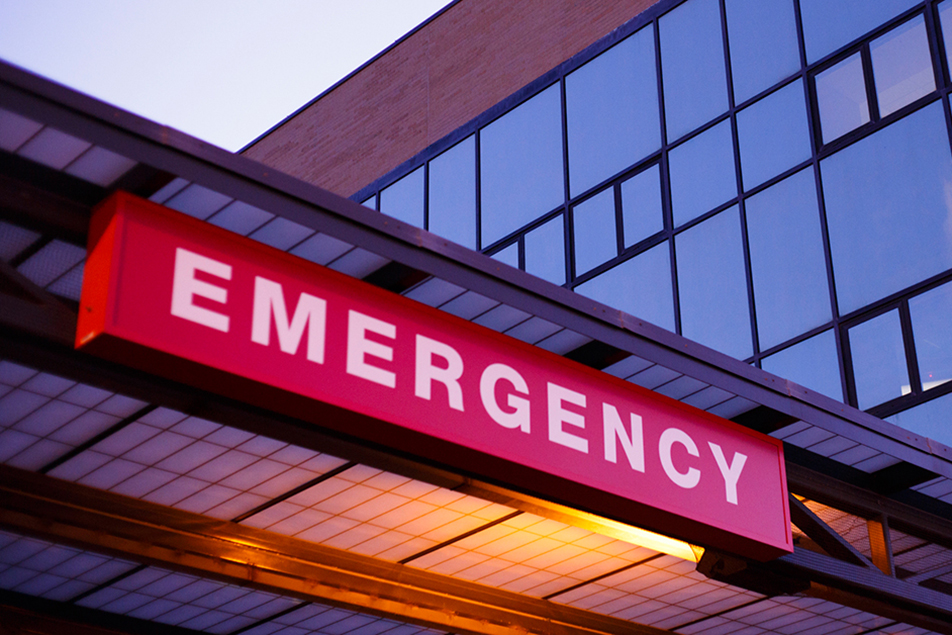
When you or a loved one are in need of emergent care, every second matters. So, when it comes to time spent in the waiting room, it’s only natural to feel a little frustrated and wonder what’s causing the delay. We invited Chad Owen, director, Emergency Department/CVICI, to explain the process and how the flow of care can be affected by different variables.
The Emergency Department (ED) is one of the busiest and most complex areas of a hospital. Industry trends for wait time is 20 minutes from door to provider. Parkview consistently has wait times below national average. However, there are times when patients can experience a significant wait. It’s important to understand that several variables can affect wait times. The most common causes of significant delays in the ED are volume and severity of illness/injury.
High volume.
A high volume of patients impacts even the most efficient processes. When Laboratory, Radiology and other ancillary services experience high volumes, it can extend the time it takes to process the additional workload. Providing high quality healthcare is always our No. 1 goal, which means that sometimes efficiency will suffer in exchange for extra time examining a patient.
For example, technicians must get good X-ray and scan images so the radiologist can provide an accurate reading on a study. This is imperative to maintain high quality outcomes and to avoid missing any symptoms or indicators of a bigger issue. This remains imperative regardless of how busy we are. Additionally, instrumentation in the lab can only run so many specimens at a time and this can lead to lengthened reporting of lab values. Turnaround times are monitored to ensure that efficiency is maintained when possible.
Acuity.
Acuity (severity of injury or illness) has an impact on wait times, even when we aren’t seeing a high volume of patients. Obviously, resources are given to the most critical patients first in the ED and not on a first-come, first-served basis. The area impacted most by this is the triage (which means, to sort) area. Triage is where patients present when they arrive in the ED. This is where some basic information and vitals are obtained to help the registered nurse determine who needs to be seen first. This area can get backed up with extended wait times depending on what is going on in the department. The triage nurse constantly monitors patient conditions, reassessing and assuring that repeat vitals are completed if needed. This ensures that dynamic sorting is completed appropriately.
From the triage area, patients are then taken to an exam room where they will see an emergency physician. After a patient has been seen by a physician and orders have been placed, they typically experience between an hour and an hour and a half wait for their test results. During this time, medications, treatments, and other items may be administered to help work toward a diagnosis and plan of care. Staff in the ED will check on and reassess patients to ensure the treatment is improving their specific situation.
Once a diagnosis and treatment are complete, patients will either be discharged or admitted to the hospital as an in-patient for additional care. The staff in the Parkview Emergency Department repeats this process every day, for every patient, thousands of times every year.
No matter the type of emergency or the severity of the injury or illness, all of us in the Parkview Emergency Departments are here to take care of you.



